Frequently Asked Questions
-
I created these programs because I wanted to share everything I learned about the body in pregnancy and in the postpartum period. As a personal trainer, I wanted to create sequenced and intelligent ways of preparing for labour, and gentle routines to help women reconnect to their deep core and pelvic floor, and slowly re-build fitness foundations postpartum.
Pregnancy and childbirth are a huge physical, mental, emotional, spiritual transformation, and I support women to help them be strong, confident and embrace their new bodies as they slowly ease their way back to their favourite activities and sports.
-
There are many cues you can use to help visualize doing kegels or pelvic floor contractions. Here are some of my favourites:
• Inhale to expand, and exhale to pick up a blueberry with you anus
• Inhale to expand, and exhale to slurp a margarita up your vagina
• Inhale to expand, and exhale as if you are stopping a fart
• Inhale to expand like a jellyfish, and exhale to lift the pelvic floor, picturing a jellyfish propelling itself upward in the ocean
But the only true way to do it if you're doing kegels properly is to go see a pelvic floor physiotherapist for an internal exam. Some Occupational Therapists specializing in pelvic health also have other methods like ultrasound and surface EMG biofeedback techniques that can give you an idea of your kegel “state of the union”!
I highly recommend to all my clients that they go see a pelvic floor physiotherapist during pregnancy, at least once mid way through and again 5 weeks out from your due date, to have a pelvic floor assessment. The physio can give you feedback and help you determine whether you’re doing kegels properly, and where you might need to focus your efforts.
It’s also just as important to relax the pelvic floor as it is to learn how to contract it! Some women with hypertonic pelvic floors (tight) actually might need to focus more on releasing and relaxing the pelvic floor, than learning how to do the contractions.
Lastly, while kegels are an important part of maintaining tone in the pelvic floor, they are by no means a silver bullet. There is more to birth prep and postpartum recovery than just doing kegels!
-
Yes, especially if you were an avid runner prior to pregnancy. Let comfort be your guide, but here are a couple signs to look out telling you it might be time to back off: 1) peeing/leakage, 2) pelvic floor pressure 3) any pain
Some physios might tell you to ease off after about 16 weeks, but again this will vary person to person and will depend on how you are feeling.
-
There is no cut and dry answer to this question. You need to start slow postpartum and progressively re-build from there. Your alignment, posture, core and pelvic floor have all been compromised under the weight of the growing babe throughout your pregnancy, so expect that it will take some time for you to feel like yourself again.
I also believe in being really compassionate with yourself postpartum. Your body has changed a lot in 40-ish weeks; created a human, birthed a human, and it might take time to recover.
You’ll need to start with the foundations - slowly re-build strength in the transverse abs, pelvic floor, and eventually the rectus abdominis. Once you have done that, you can gradually start to get back to more high intensity exercise. You’ll know you are there when you do not experience any of the following:
• Pressure in the pelvic floor
• Pain anywhere
• Peeing your pants/incontinence
• Peaking/doming, or inability to control it, in your core/linea alba -
First of all, we know weight gain is an important part of a healthy pregnancy. The amount of weight you gain will depend on your pre-pregnancy weight. But a woman with a “normal BMI '' (I dislike that characterization), should gain about 2-4 lbs the first trimester, and about 1 lb/week after that. Women with Hyperemesis Gravidarum may lose a lot of weight in the beginning of their pregnancy before they start gaining.
-
During my second pregnancy, I “failed'' my first Gestational Diabetes (GD) test. I felt really embarrassed and guilty. It’s important to know that even if you are very active and eat well, GD can be caused by hormones created by your placenta, and it’s not your fault. Here is a reliable source I went to to learn more about GD:
http://guidelines.diabetes.ca/cpg/chapter36
-
Certainly, one of the best things you can do is to move. Being sedentary in pregnancy is not stacking the cards in your favour. And sometimes, if all you can get in between the nausea, and chasing a toddler, is light movement by tidying up your living room, what we call “incidental physical activity”, is a great place to start.
The Babes ‘n Bellies Bootcamp has a library of short, do-able at-home workouts for you to do throughout pregnancy to keep you moving everyday, for short amounts of time. Schedule exercise into your life, rather than your life around exercise.
-
Walking, gentle hikes, gentle bike rides on flats or on a gentle incline, and swimming are great options. What you do for cardio will depend on what you did pre-pregnancy.
